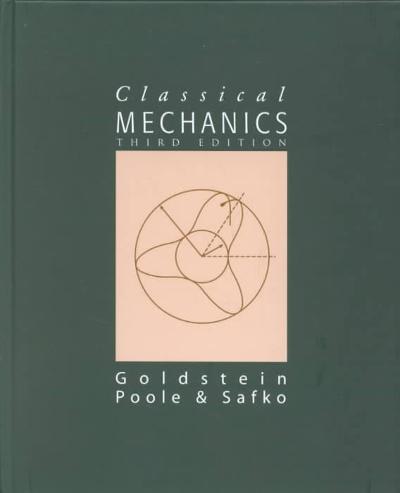Question
The table below gives the number of electrons, protons and neutrons in particles A, B, C, D, E, F and G. Particle Protons Electrons Neutrons
The table below gives the number of electrons, protons and neutrons in particles A, B, C, D, E, F and G.
Particle | Protons | Electrons | Neutrons |
A | 6 | 6 | 6 |
B | 10 | 10 | 12 |
C | 12 | 10 | 12 |
D | 6 | 6 | 8 |
E | 13 | 10 | 14 |
F | 17 | 17 | 18 |
G | 8 | 10 | 8 |
(i)Which particle is likely to be a halogen? (1 mark)
(ii)What is the mass number of E?(1 mark)
(iii)Write the formula of the compound formed when E combines with G. (1 mark)
(iv)Name the type of bond formed in (iii) above(1 mark)
(v)How does the radii of C and E compare? Give a reason.(2 marks)
(vi)Draw a dot (.) and cross (x) diagram for the compound formed between A and F.(1 mark)
(vii)Why would particle B not react with particle D
Step by Step Solution
There are 3 Steps involved in it
Step: 1

Get Instant Access to Expert-Tailored Solutions
See step-by-step solutions with expert insights and AI powered tools for academic success
Step: 2

Step: 3

Ace Your Homework with AI
Get the answers you need in no time with our AI-driven, step-by-step assistance
Get Started


